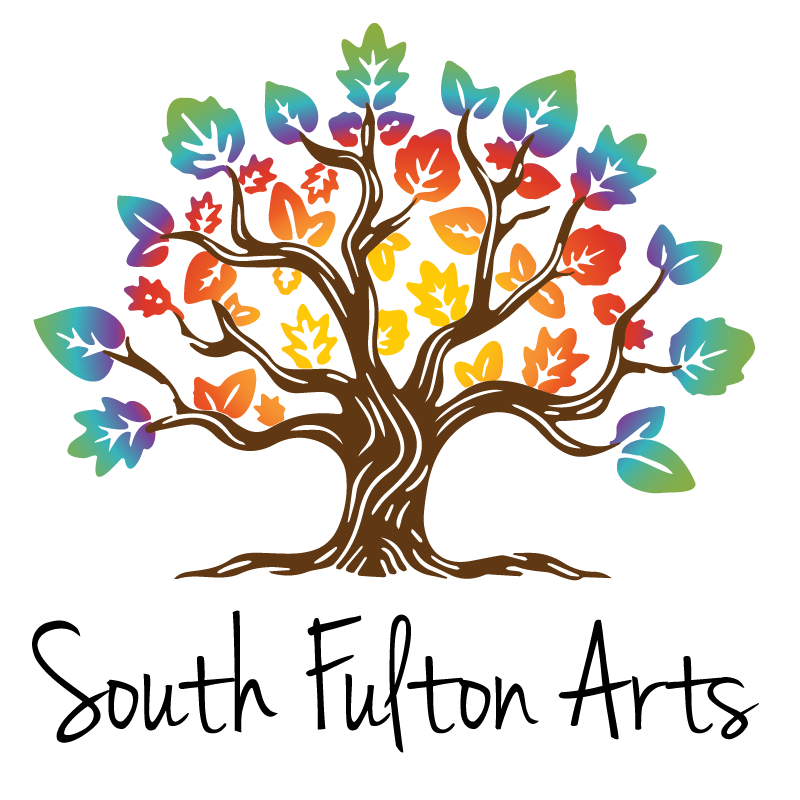June 2022
At the intersection of provision and passion,
we find community gardens
As a regional catalyst for arts, culture, and the environment, we at the South Fulton Institute understand and celebrate the importance of community gardens.
In its most simple form, a community garden is a space for people to work together to provide fruit, vegetables, and spices to their community. When looking specifically at under-resourced communities, projects like this can support families, students, and all community members with free access to vital, healthy options.
Community gardens have a massive impact on the environment around us. With the increased number of plants, more carbon dioxide is being removed from the air, while new oxygen is being pumped into the atmosphere. This helps reduce our carbon footprint, which positively impacts the global warming crisis we are currently facing. In addition to better air quality, community gardens can teach people how to compost, reducing the overall amount of waste from the neighborhood. At this level, families and residents that learn how to compost benefit not just the local garden but they reduce waste in landfills or bodies of water worldwide. Gardens also create ecosystems where pollinators can thrive. By supporting the works of animals like bees and butterflies, you can help about 1/3 of global crops that depend on these creatures.
Gardens don’t just benefit the environment; they benefit us, the community members, and residents. These spaces don’t just provide tangible resources that can help increase our access to healthy and nutritional options; they also offer intangible necessities, like healing, therapy, and relaxation. Everyone today leads busy lives, and it can often be hard for us to stop and work on self-care. Community gardens force us to slow down. Working with your hands in a space where you can feel productive and valued can allow you to focus on self-care while still feeling “busy.” You also don’t do this work by yourself. Community gardens combat isolation as you work with your neighbors, co-workers, family, and friends to improve and expand the garden.
As individuals, community gardens can turn us into better versions of ourselves. The same can be said for the community at large. Community gardens are inclusive. All ages, genders, races, etc., can come together and work towards one common goal: serving the community. When communities are engaged in a project together, it allows for relationships to be built and connections to be made. Whether between individuals, families, civic groups, organizations, etc., the relationships created when working on the garden make a life-long impact.
This might sound exciting, but I’m sure you’re all thinking the same thing: what next? If you are thinking of starting a community garden, let us know! We’d love to connect you to organizations in our community with the resources and space to make it happen.
Jennifer Bauer-Lyons
Executive Director


